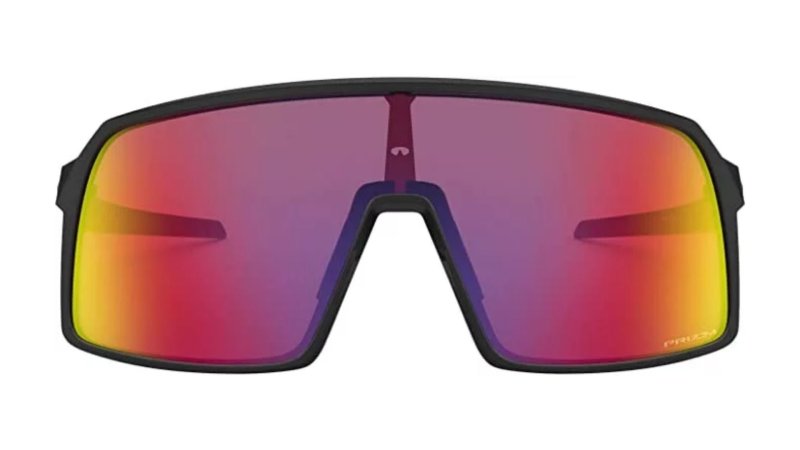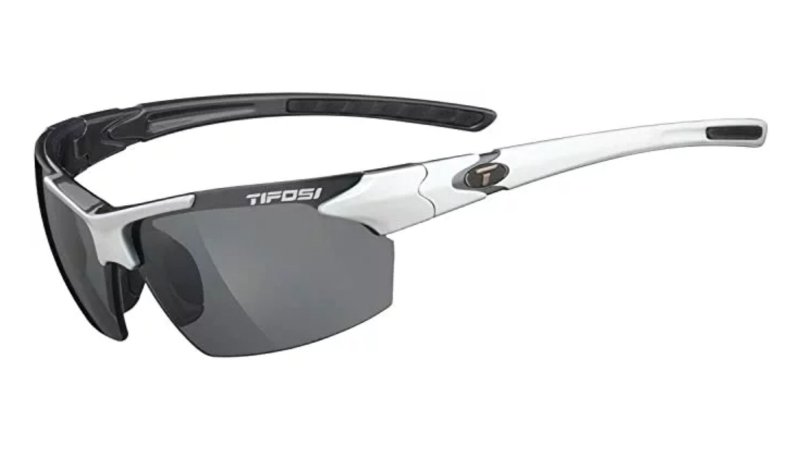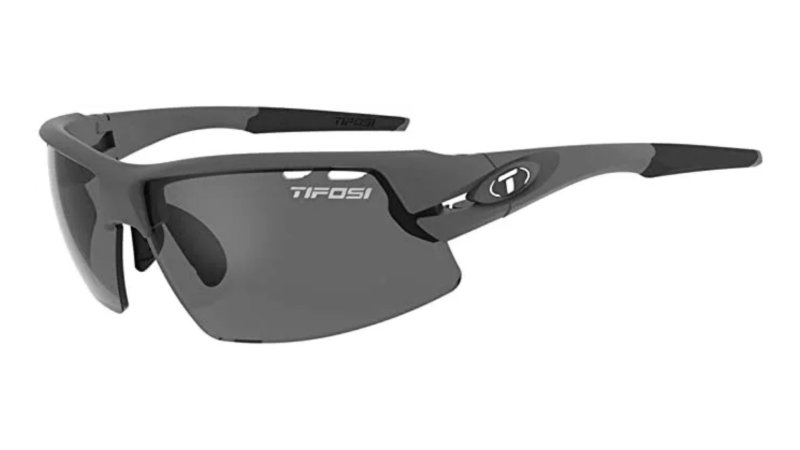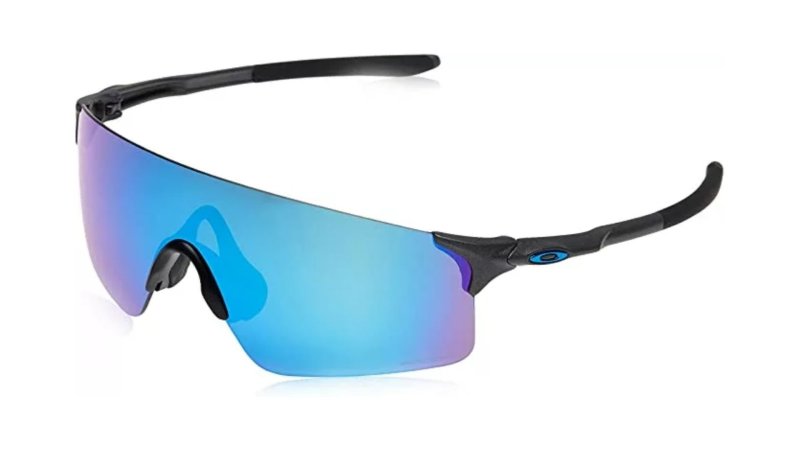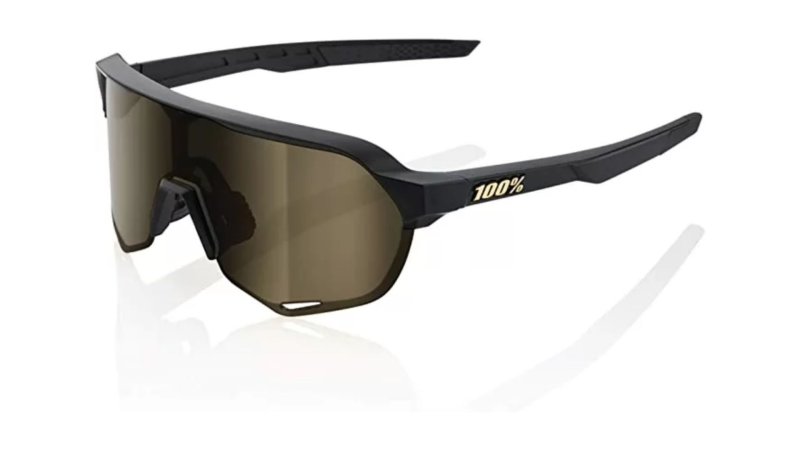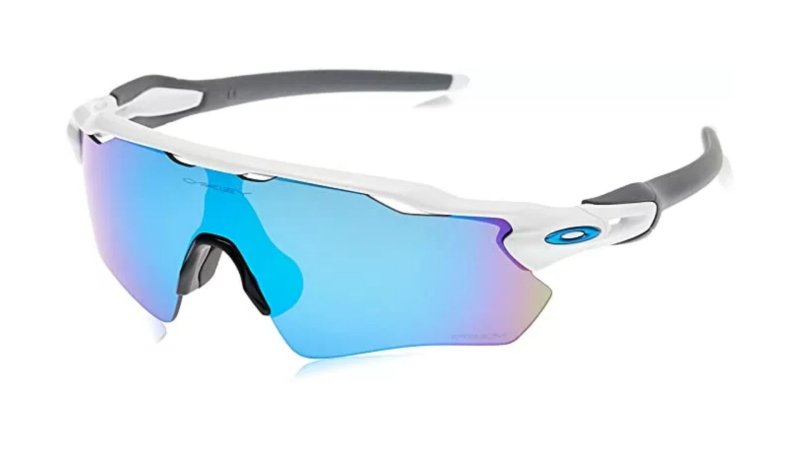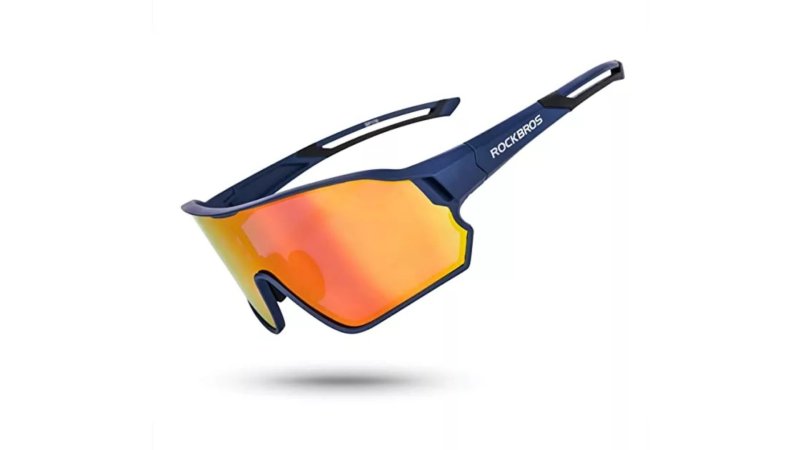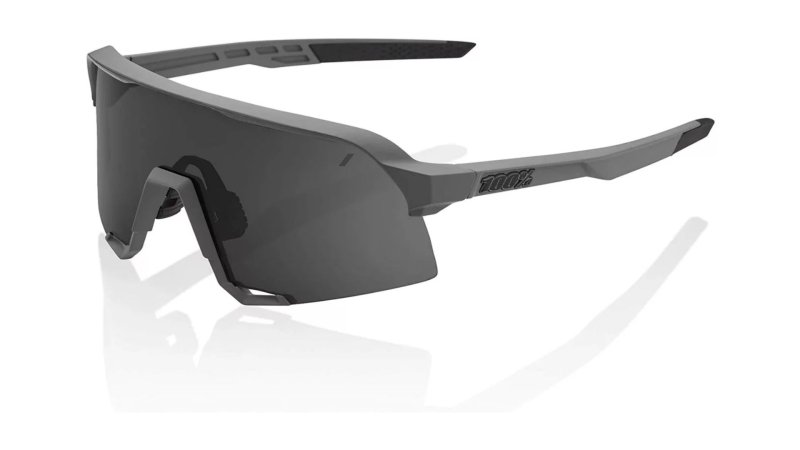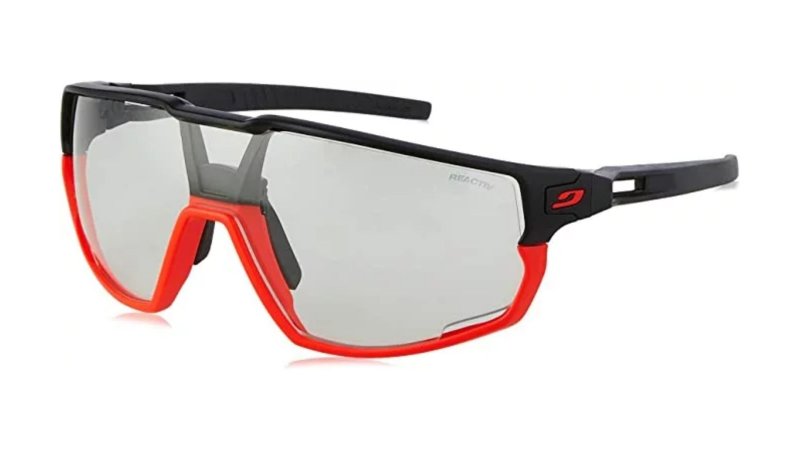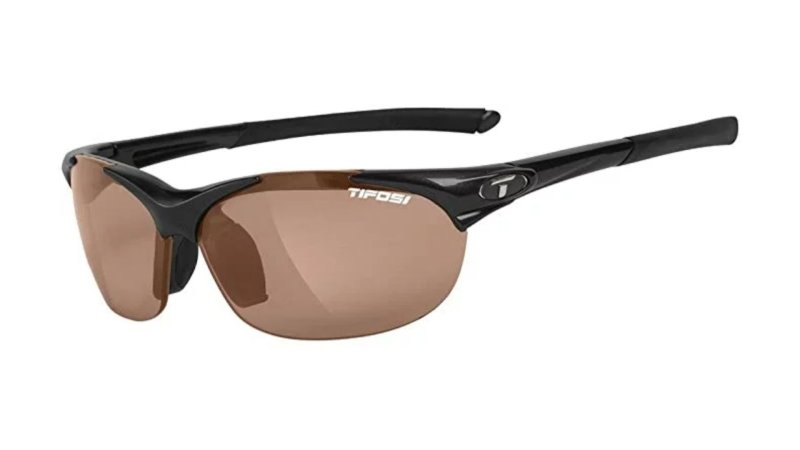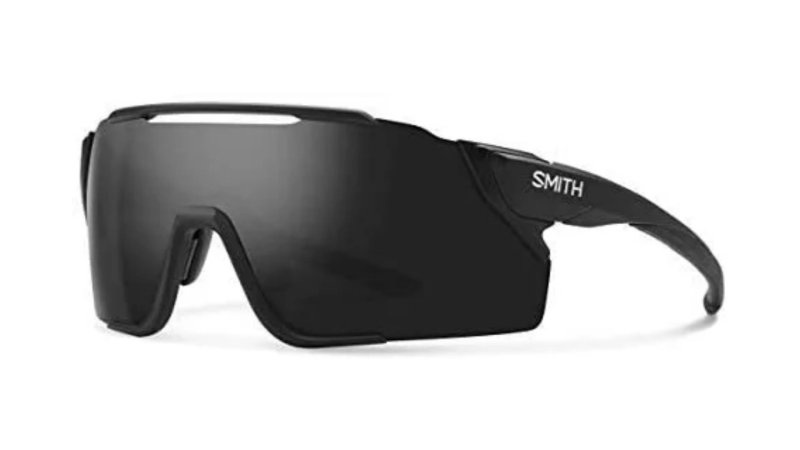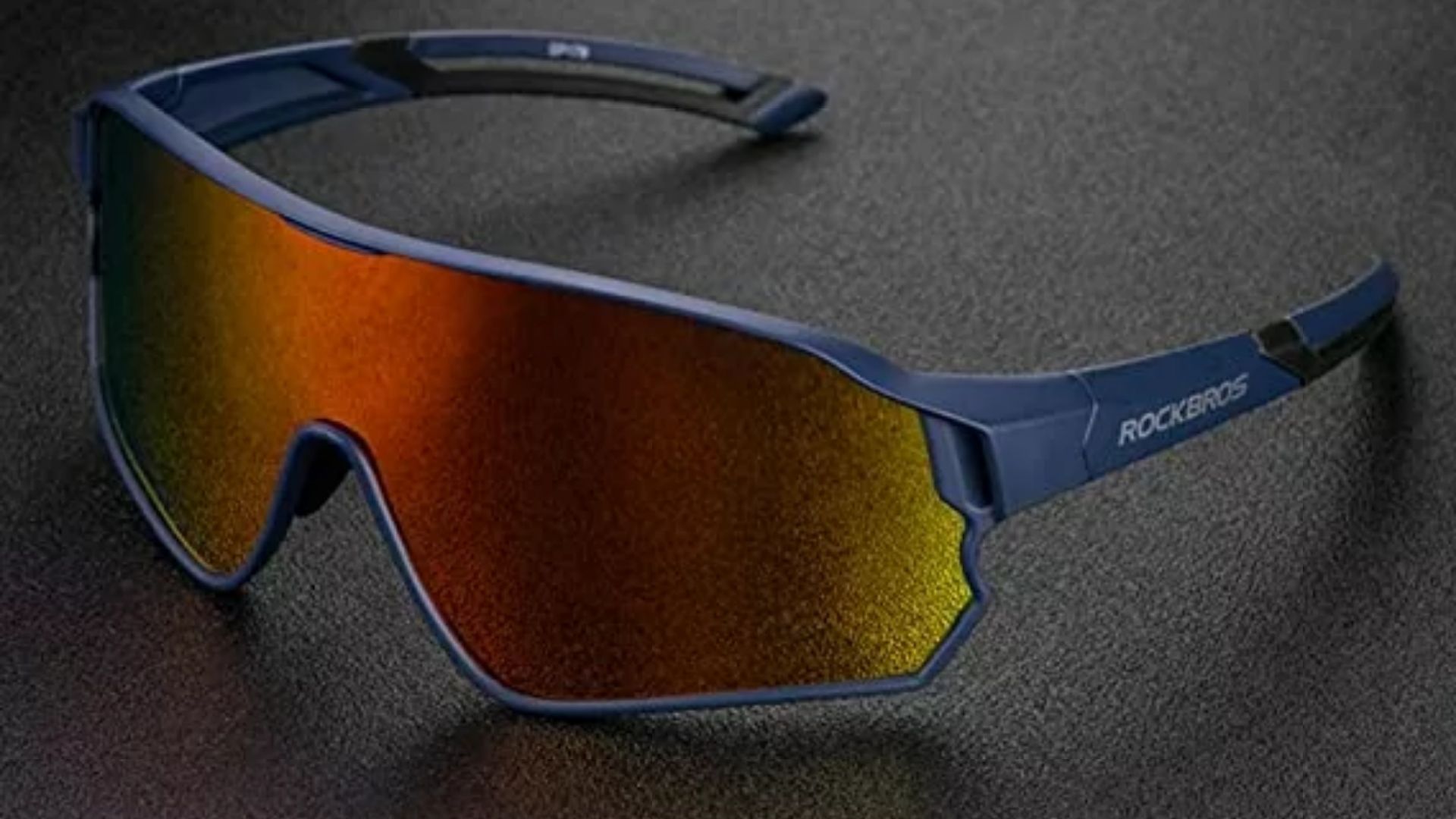

We may earn revenue from the products available on this page and participate in affiliate programs.
During the first year or two after I started cycling, if you had asked me “what’s the best cycling sunglasses out there,” I would have answered with a flat “the cheapest that will stay on your face.” In hindsight, that is bad advice. Frugal, yes, but bad.
I know better now, especially after my cavalier attitude led to me catching a bug just below one eye that actually gave me a black eye for a week. My wife gave me a pair of her glasses, which although not a premium brand, were a lot better than the cheap, not-even-cycling style glasses I had been wearing. I couldn’t believe the difference. Not only could I see better, but the wind no longer dried my eyes out and the bugs just bounced off. I was converted.
Picking the right glasses will not only make your ride more enjoyable in the sun and wind, they can also protect your eyes from damage in the event of a crash (or a collision with an unfortunate bug). If you’re new to cycling, I hope to spare you the hard lessons I learned. This guide lays out some of the best options out there for your cycling needs.
Best Overall
Oakley Sutro
Pros
- Frame made of patented nylon composite that is light and durable
- No-slip Unobtainium nose pads help keep glasses securely on your face
- PRIZM lenses designed to enhance contrast and detail
Cons
- Large lens style is cool, but not for everyone
- Long arms may make fitting smaller heads/helmets difficult
Product Specs
- Frame style: Full-frame
- Weight: 1.10oz (31g)
- Lenses: Interchangeable
- Light transmission: 20% (other lenses available)
Best Value
Tifosi Jet Sunglasses
Pros
- Lightweight nylon frames are tough and flexible
- Scratch-resistant, shatterproof lenses
- Comes with a hardshell case
Cons
- Not really made for wide faces
- Non-polarized lenses
Product Specs
- Frame style: Semi-rimless
- Weight: 1.0 oz (29g)
- Lenses: Interchangeable
- Light transmission: 15% (Smoke lens)
Editor’s Choice
Tifosi Crit Matte Gunmetal
Pros
- Lightweight nylon frames are tough and flexible
- Polarized scratch-resistant, shatterproof lenses
- Photochromatic (Fototech) lenses adapt to light levels
Cons
- Phototech lenses adapt to low sunlight, but are never completely clear
Product Specs
- Frame style: Semi-rimless
- Weight: 1.1 oz (31g)
- Lenses: Interchangeable
- Light transmission: 15.2% (Smoke Fototec). 9.4% (Brown Fototec)
Best for Women
Oakley EVZero
Pros
- Rimless, O-matter frame with zero obstruction
- Specialized nose pads and temples keep sunglasses in place
- PRIZM lenses provide enhanced clarity and contrast
Cons
- Non-polarized lenses (for those who insist on this, maybe a deal-breaker)
Product Specs
- Frame style: Rimless
- Weight: 0.80 oz (22g)
- Lenses: Fixed lens
- Light transmission: 11-12%
Best Alternative Brand
100% S2 Sport Performance Sunglasses
Pros
- Interchangeable, scratch-resistant lenses
- Hydrophobic and oleophobic lenses repel water and oil
- Air scoops to help prevent moisture buildup
Cons
- On the expensive side
Product Specs
- Frame style: Semi-rimless
- Weight: 1.0 oz (30g)
- Lenses: Interchangeable
- Light transmission: 12% (clear lenses 93%)
Most Stylish
Oakley Radar EV Path
Pros
- Rimless, O-matter frame with zero obstruction
- Specialized nose pads and ear socks keep sunglasses in place
- PRIZM lenses utilize HDO for exceptional clarity
Cons
- Expensive
- Photochromic and polarized lenses add to cost
Product Specs
- Frame style: Semi-rimless
- Weight: 0.98 oz (28g)
- Lenses: Interchangeable
- Light transmission: 12%
Best Affordable to Rival Premium Brands
Rockbros Polarized Sunglasses
Pros
- Lightweight, despite full-frame design
- Fantastic price
- Polarized lenses
Cons
- Don’t expect these to be as durable as the Oakleys
- Not scratch-resistant
Product Specs
- Frame style: Full-frame
- Weight: 0.88 oz (25g)
- Lenses: Fixed lens
Best for Triathlons
100% S3 Sunglasses
Pros
- Vented lens system to protect against fogging
- Hydrophobic and oleophobic lenses repel water, dirt, and oil
- Comes with hard case and clear replacement lens, for dark or cloudy races
Cons
- Like the S2, they’re not cheap
- Enhanced lenses (e.g., photochromic or proprietary HiPER lens) are an extra cost
Product Specs
- Frame style: Semi-rimless
- Weight: 1.2 oz (34g)
- Lenses: Interchangeable
- Light transmission: 12%
Best for Wide Faces
Julbo Rush Sunglasses
Pros
- Vented lens system to protect against fogging
- Easily replaceable lenses
- Photochromic lens option
Cons
- Expensive
- Photochromic lenses are an extra cost
Product Specs
- Frame style: Full-frame
- Weight: 1.3 oz (38g)
- Lenses: Interchangeable
- Visible light transmission: 12% (Spectron), 17-75% (REACTIV)
Best for Narrow Faces
Tifosi Wisp
Pros
- Vented lens system to protect against fogging
- Easily replaceable lenses
- Photochromic lens option
Cons
- Expensive
- Photochromic lenses are an extra cost
Product Specs
- Frame style: Semi-rimless
- Weight: 0.78 oz (22g)
- Lenses: Interchangeable
- Visible light transmission: 15% (Smoke)
Best for Mountain Biking
Smith Attack MAG MTB Sunglasses
Pros
- Hydro Oleophobic lens coating (repels water and oil)
- Easily replaceable lenses
- Comes with additional low light amber lens
- Smudge-resistant lens
Cons
- Expensive
Product Specs
- Frame style: Semi-rimless
- Weight: 1.13 oz (32g)
- Lenses: Interchangeable
- Visible light transmission: 10% (Black) 65% (low light amber)
Why you should trust us
I’ve been cycling in various forms for over a decade now. I started mountain bike riding shortly after leaving the Air Force more than 10 years ago. I’ve been able to ride the trails in parks and mountains in Georgia, Alabama, and Ohio. Over the past few years, I’ve started logging a lot of miles on the road as I try to keep up with my cyclist wife, and the last two years I’ve tried my hand competing in the Air Force Marathon Blue Streak Time Trials (which, I may add, I have not yet finished dead last in. No further questions).
Types of cycling sunglasses
In terms of style, cycling sunglasses curve around the face and are typically wider than other sunglasses. This is important because this shape offers additional protection against wind, dust, and bugs. There are a number of ways to categorize different styles, but here, we’ll break them down into frame types.
Full-frame
Full-frame lenses are where the lens is completely held in place by the frame. The advantage of this style is that they offer more strength and durability than the other styles listed. Plus, they look more “classic” or “traditional.” One drawback of this style is that the frame can partially block your view when looking to the sides, up, or down.
Semi-rimless
Also called “half-frame,” this style of frame holds the lenses along the top, but typically doesn’t cover the sides or bottom. The result is a more modern look, which has the advantage of blocking little of your peripheral vision, or your vision if you look down. The potential tradeoff is in durability, so if you drop your glasses or roll over them, there’s less frame to protect the lenses.
Rimless
Also called “frameless,” these frames hold the lenses at small contact points either on the top or the sides. This provides completely unobstructed views to the sides, up, or down, and they look very modern. The downside is even less durability and protection than semi-rimless glasses.
Key features of cycling sunglasses
Visible light transmission (VLT)
This rates the amount of light that the lens allows to pass through. Typically, sunglasses allow in about 15 to 20 percent light (or in other words, they block 80 to 85 percent light). For those operating in very bright areas (such as snowy places), lower VLT may be ideal. But if you’re in darker places (like mountain bike riding in forests), you may want a higher VLT.
UV protection
UV protection is a key function of any pair of sunglasses. When you’re cycling, you can be out in the sun for hours. While lots of sunlight might make for a beautiful ride, prolonged exposure to the sun has been linked to increased incidences of certain eye diseases. Make sure that any sunglasses you purchase protect against UV.
Polarized/non-polarized
All sunglasses will protect you from bright light, but polarized sunglasses (usually imbued by a specialized chemical treatment to the lenses) help protect your eyes from reflected light. So why would you need these? Polarized glasses are best for if you’re riding in very bright areas for long periods of time, or along highly reflective bodies (like water, or snow-covered landscapes).
Benefits of cycling sunglasses
Protection against sunlight and wind
This one is obvious. When people ride, they tend to do it for a long time. Hours, even. Prolonged exposure to sunlight and wind will dry your eyes out, and that sort of exposure increases your chances of eye disease over time.
Protection against dust, debris, and bugs
I already mentioned how I got a black eye from a bug because of my poor choice of sunglasses. Damage from something flying right into your eye is a real risk without sunglasses
Protection in case of a wreck
Everyone takes a spill at some point. Most wrecks result in little more than some scratches and choice expletives, but some can be nasty. Your helmet goes a long way to protecting your noggin, but they do little for your eyes. Sunglasses add an extra layer of protection if things get ugly on your ride.
Pricing considerations of cycling sunglasses
Budget
There are some good sunglasses available for under $50. Most tend to be non-polarized (although there are some like the ROCKBROS listed above that do have polarized lenses), and some may not feel as sturdy as pricier options. The most significant trade-off tends to be a lower clarity of the lens and less “crispness” in your vision when looking through them. On the other hand, if you lose them, you don’t feel quite as bad.
Mid-range
Between $50 and $150, you will often have a lot of great options to choose from. Interchangeable lenses, polarized lenses, and proprietary features that enhance things like color contrast or enhance low light clarity are plentiful.
Premium
Larger wraparound, durable, and lightweight options can be found among these premium options at more than $150. Brands like Oakley and 100% dwell in this market.
How we chose our top picks
In selecting our top picks, we used a mix of personal experience with the brands, reviews of published product data, and evaluation of buyer reviews. Each product on our list was carefully selected after comparison to competitors deemed similar in product capability or target market.
FAQs on cycling sunglasses
You’ve got questions, Task & Purpose has answers.
Q. What are photo-chromatic lenses?
A. These are lenses that adapt to light levels. In other words, when it’s brighter out, the lens darkens to block more light, and when it’s darker out, the lens lightens to block less light.
Q. What glasses do pro cyclists wear?
A. Not the cheap ones. Pros can be seen sporting Oakley, Rudy Project, and Koos, among other premium brands.
Q. Are polarized sunglasses good for cycling?
A. Sometimes, but it often doesn’t matter. Polarized glasses are often mirrored and darker than non-polarized, so they are great for long rides in bright areas, especially near water.
